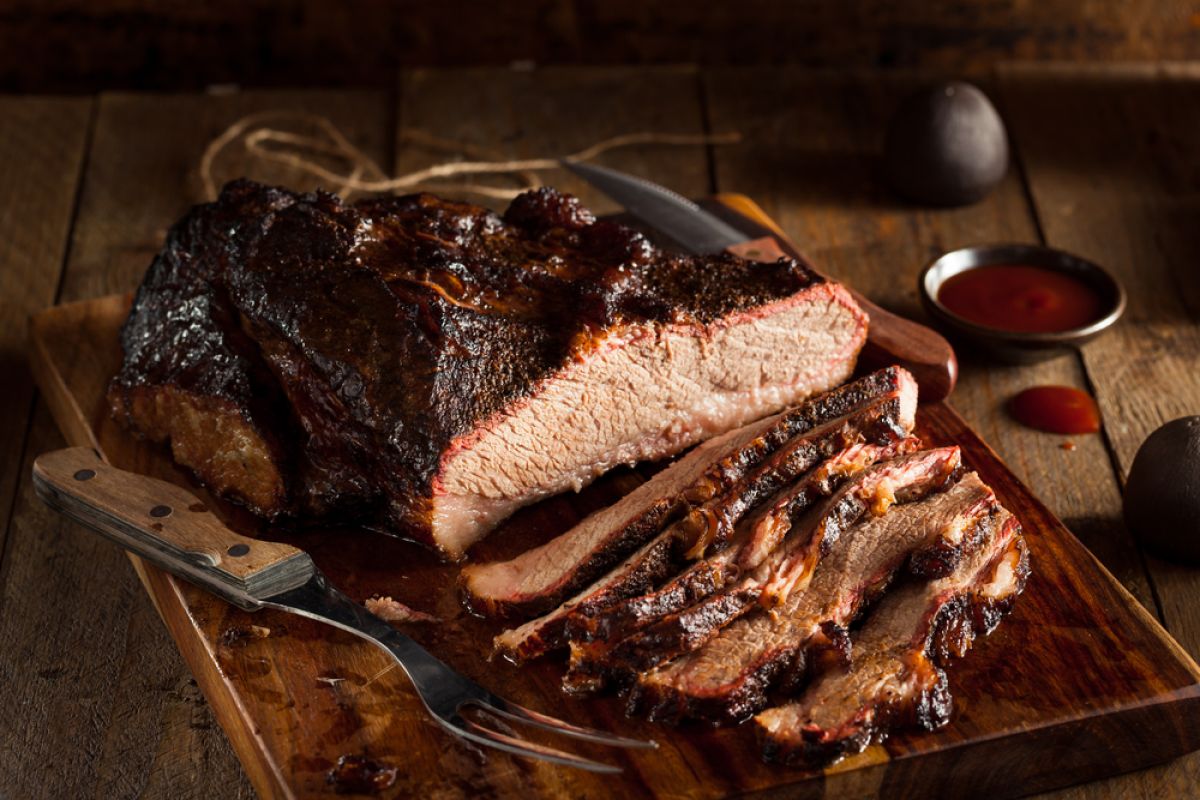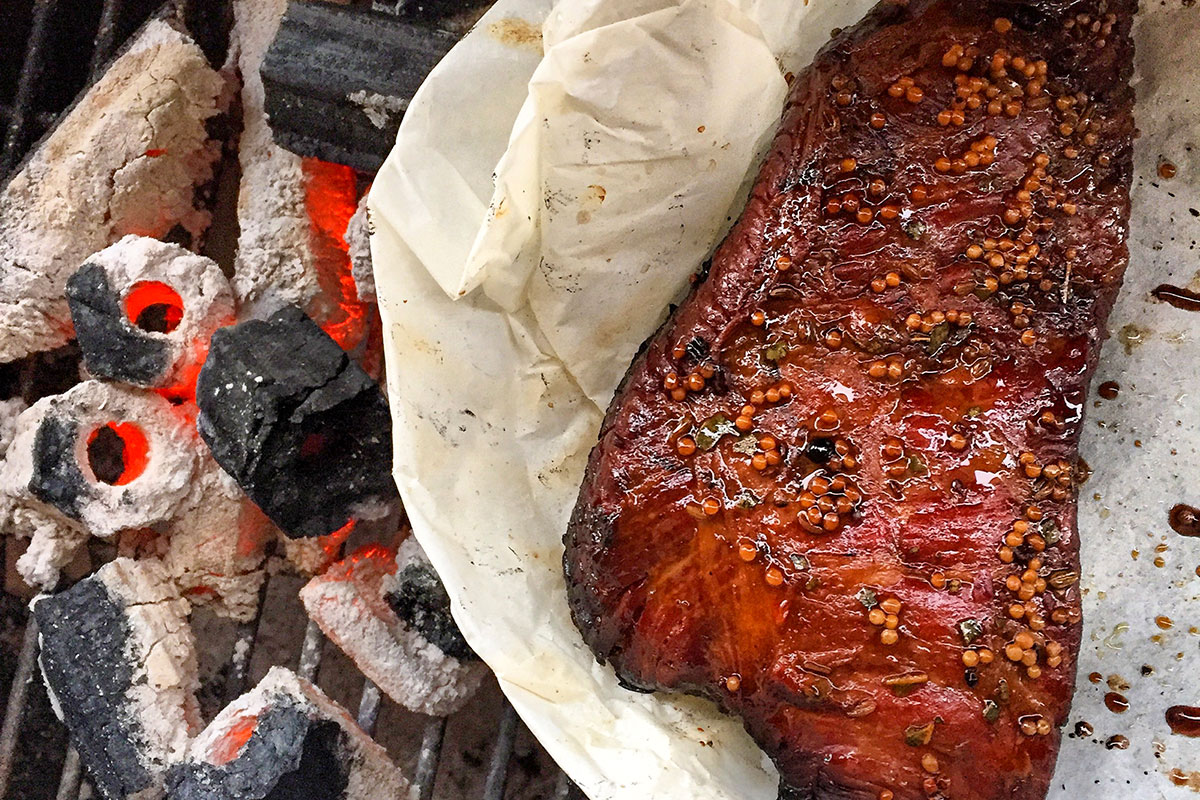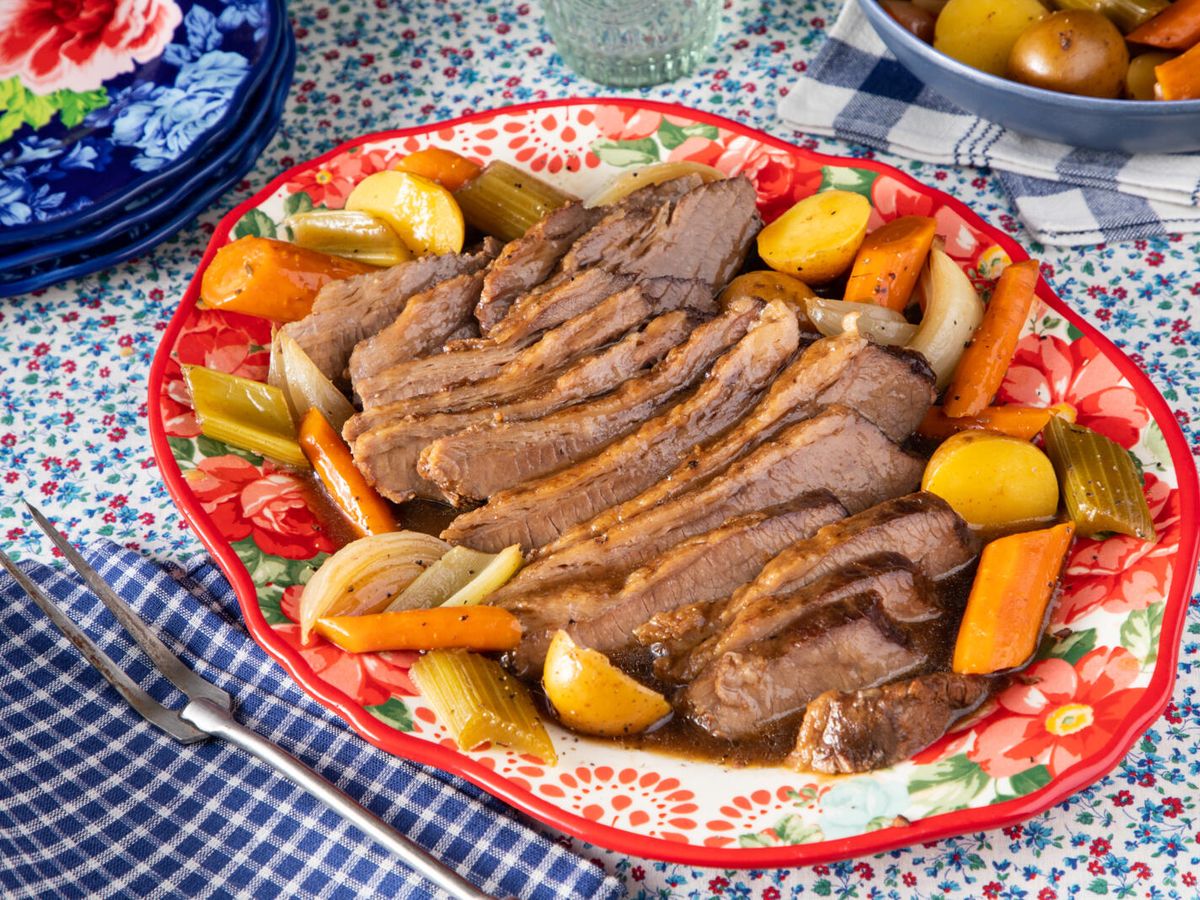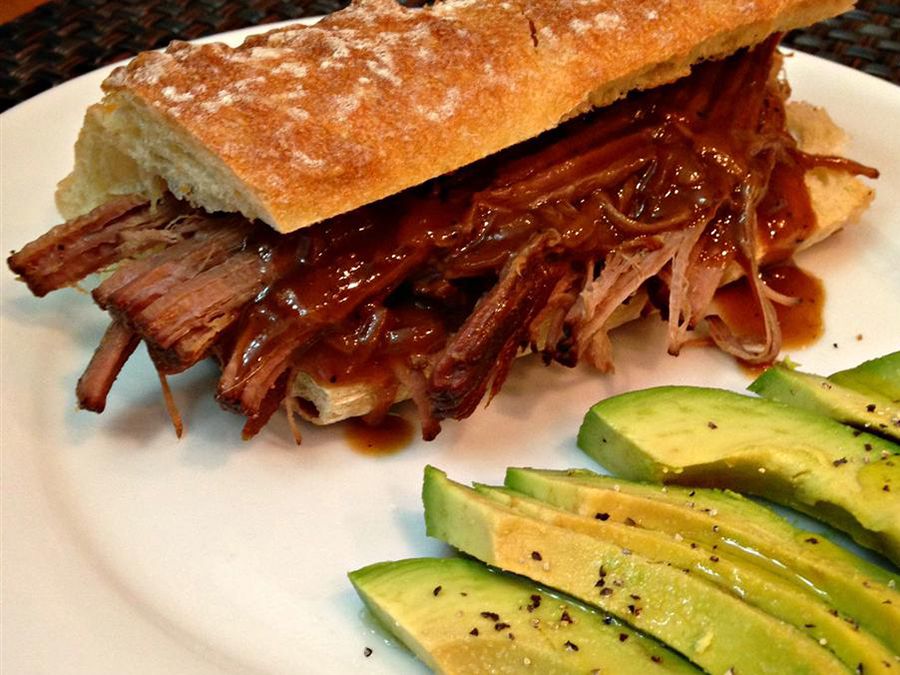List Of Contents
Brisket is a cut of meat that stands out for its unmatched flavor and tender perfection. This beloved dish, known for its rich taste and melt-in-your-mouth texture, has a special place in various culinary traditions around the world. From Texas-style barbecue to traditional Jewish cuisine, brisket is a versatile and satisfying meal that can be enjoyed in numerous ways. This article delves into the origins, preparation methods, and tips for achieving the ultimate brisket, ensuring a flavorful and tender experience every time.
The Origins of Brisket: A Culinary Journey
![]()

Brisket has a rich history that spans cultures and continents. It is a cut of meat from the breast or lower chest of beef or veal. This muscle supports a significant portion of the animal’s weight, making it tough and requiring slow, low-temperature cooking methods to break down the connective tissue and achieve tenderness.
In the United States, brisket is synonymous with Texas barbecue. This tradition dates back to the 19th century when German and Czech immigrants settled in Texas, bringing with them their knowledge of smoking meats. Today, Texas-style smoked brisket is a staple of barbecue joints and cookouts across the country.
In Jewish cuisine, brisket is a traditional dish served during holidays like Passover and Rosh Hashanah. It is typically braised slowly with vegetables and seasonings, resulting in a tender, flavorful meal. The versatility of brisket allows it to be prepared in various ways, reflecting the culinary creativity and cultural significance of this beloved cut of meat.
Essential Ingredients for Perfect Brisket
Creating the perfect brisket requires selecting the right ingredients and following specific techniques to achieve a balance of flavor and tenderness. Here are the essential components for preparing a delicious brisket:
1. The Brisket
Choosing the right brisket is crucial. Look for a brisket with a good amount of marbling, which indicates fat distribution throughout the meat. A well-marbled brisket will be more flavorful and tender. The brisket consists of two parts: the flat (leaner) and the point (fattier). Each has its own characteristics and can be used depending on your preference.
2. Seasonings and Rubs
Seasonings and rubs are essential for flavoring brisket. A classic Texas-style rub typically includes salt, black pepper, garlic powder, and paprika. You can also experiment with additional spices like cayenne, cumin, and mustard powder to create a unique flavor profile. Generously coating the brisket with the rub and letting it sit for several hours or overnight allows the flavors to penetrate the meat.
3. Wood and Smoke
For smoked brisket, the choice of wood is important. Hardwoods like oak, hickory, mesquite, and pecan are popular choices, each imparting its own distinct flavor. Using a smoker or grill to maintain a low, steady temperature (225°F to 250°F) over several hours ensures the brisket absorbs the smoky aroma and develops a beautiful bark on the outside.
4. Liquid for Braising
When braising brisket, a flavorful liquid is essential. Common choices include beef broth, red wine, beer, or a combination of these. Adding aromatics like onions, garlic, carrots, and celery enhances the flavor of the braising liquid and the meat.
5. Time and Patience
Cooking brisket requires time and patience. Whether smoking or braising, low and slow is the key. This method allows the tough connective tissues to break down, resulting in tender, juicy meat. Depending on the size of the brisket, cooking times can range from several hours to overnight.
Tips for Making the Perfect Brisket

Achieving the perfect brisket involves attention to detail and mastering a few key techniques. Here are some tips to ensure your brisket is flavorful and tender every time:
1. Trim the Brisket
Before seasoning, trim excess fat from the brisket, leaving about 1/4 inch of fat on the surface. This helps the fat render during cooking, adding moisture and flavor to the meat without making it greasy.
2. Season Generously
Apply the rub generously and massage it into the meat. Let the brisket rest with the rub for several hours or overnight in the refrigerator. This allows the flavors to penetrate and season the meat thoroughly.
3. Maintain Consistent Temperature
Whether smoking or braising, maintaining a consistent temperature is crucial. Use a meat thermometer to monitor the internal temperature of the brisket. For smoked brisket, aim for an internal temperature of around 195°F to 205°F. For braised brisket, cook until the meat is fork-tender.
4. Wrap for Moisture
During smoking, consider wrapping the brisket in butcher paper or aluminum foil (the “Texas Crutch”) once it reaches an internal temperature of around 160°F. This helps retain moisture and speeds up the cooking process without compromising the bark.
5. Rest the Brisket
After cooking, let the brisket rest for at least 30 minutes before slicing. This allows the juices to redistribute throughout the meat, ensuring each slice is moist and flavorful.
6. Slice Against the Grain
When slicing brisket, always cut against the grain. This shortens the muscle fibers, making each bite more tender and easier to chew.
Delicious Variations of Brisket
While classic smoked and braised brisket are always favorites, there are numerous variations that bring unique flavors and textures to this versatile cut of meat. Here are some creative takes on brisket:
1. Barbecue Brisket
Texas-style barbecue brisket is smoked low and slow, resulting in a tender, smoky, and flavorful meat with a distinctive bark. It is often served with traditional sides like coleslaw, potato salad, and baked beans.
2. Braised Brisket
Jewish-style braised brisket is slow-cooked with onions, carrots, and celery in a flavorful liquid like beef broth or red wine. The result is a tender, savory dish often served with potatoes or matzo.
3. Corned Beef Brisket
Corned beef brisket is cured in a brine with spices like coriander, mustard seeds, and bay leaves. It is typically boiled or slow-cooked until tender and served with cabbage and potatoes, especially on St. Patrick’s Day.
4. Korean BBQ Brisket
Marinate brisket slices in a mixture of soy sauce, garlic, ginger, and sesame oil, then grill or broil until caramelized. Serve with steamed rice and kimchi for a delicious Korean twist.
5. Brisket Tacos
Use shredded brisket as a filling for tacos. Top with fresh salsa, avocado, and cilantro for a flavorful and satisfying meal. This variation is perfect for using leftover brisket.
6. Smoked Brisket Chili
Incorporate smoked brisket into a hearty chili. The smoky flavor of the brisket adds depth and richness to the chili, making it a perfect dish for cold weather.
Serving Suggestions: Perfect Pairings for Brisket

Brisket is a versatile dish that can be enjoyed in various ways. Here are some serving suggestions to complete your meal:
1. Classic Barbecue Sides
Serve smoked brisket with classic barbecue sides like coleslaw, baked beans, cornbread, and pickles. These sides complement the rich, smoky flavor of the brisket.
2. Mashed Potatoes
Creamy mashed potatoes are a perfect pairing for braised brisket. The smooth texture and buttery flavor of the potatoes complement the savory, tender meat.
3. Roasted Vegetables
Serve brisket with a side of roasted vegetables like carrots, Brussels sprouts, or sweet potatoes. The caramelized flavors of the vegetables enhance the overall meal.
4. Gravy or Sauce
Accompany braised brisket with a rich gravy made from the braising liquid. For smoked brisket, serve with a tangy barbecue sauce on the side.
5. Fresh Salad
A fresh green salad with a light vinaigrette provides a refreshing contrast to the rich flavors of brisket. Add ingredients like cherry tomatoes, cucumbers, and red onions for extra flavor and texture.
6. Wine Pairing
Pair brisket with a robust red wine like Cabernet Sauvignon or Malbec. The bold flavors of the wine complement the rich, savory taste of the brisket.
Conclusion: Brisket, The Ultimate Flavor and Tenderness Experience
Brisket stands as a testament to the unmatched flavor and tender perfection that can be achieved with the right techniques and ingredients. Whether you prefer the smoky richness of Texas-style barbecue or the savory tenderness of braised brisket, this versatile cut of meat offers a satisfying and delicious experience. By following key tips and exploring creative zeusslot login variations, you can master the art of cooking brisket and enjoy its hearty goodness in all its forms. Savor the journey of preparing and indulging in brisket, and share its comforting embrace with family and friends.

